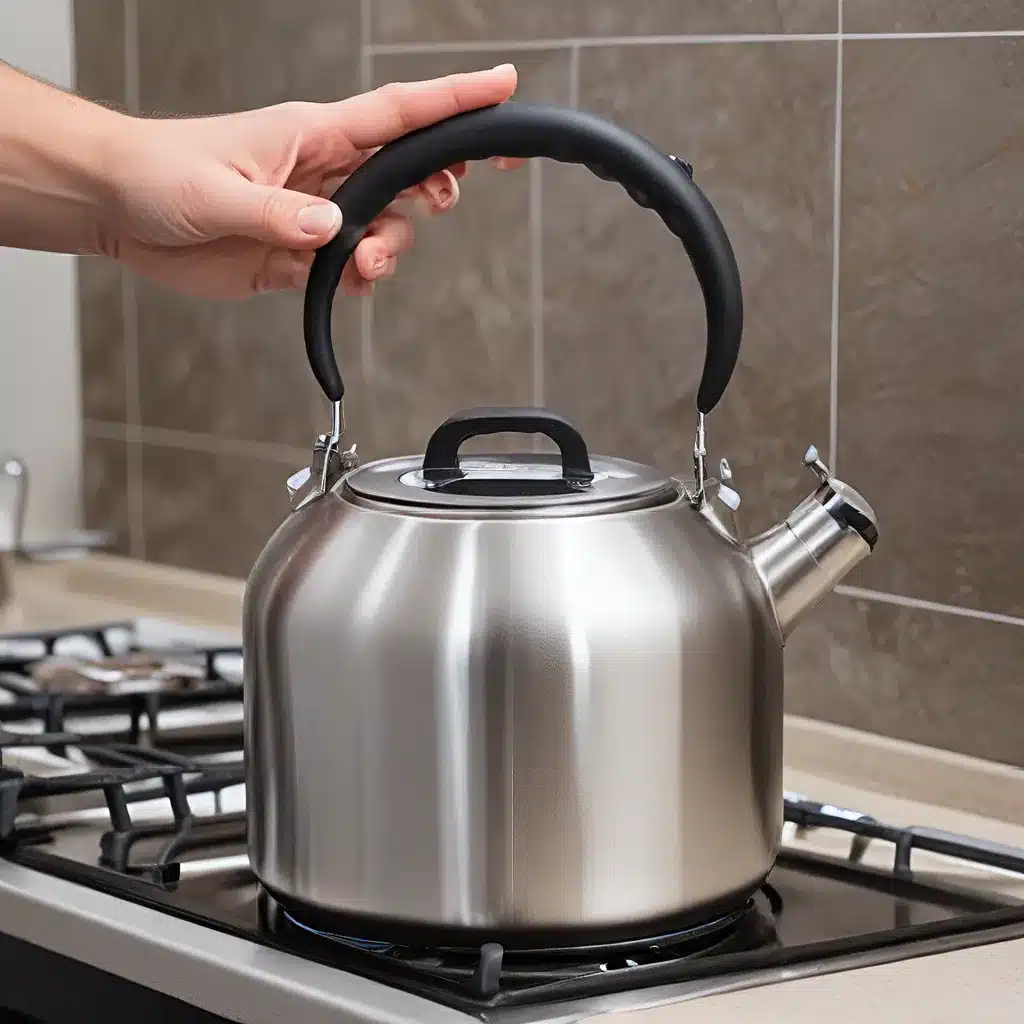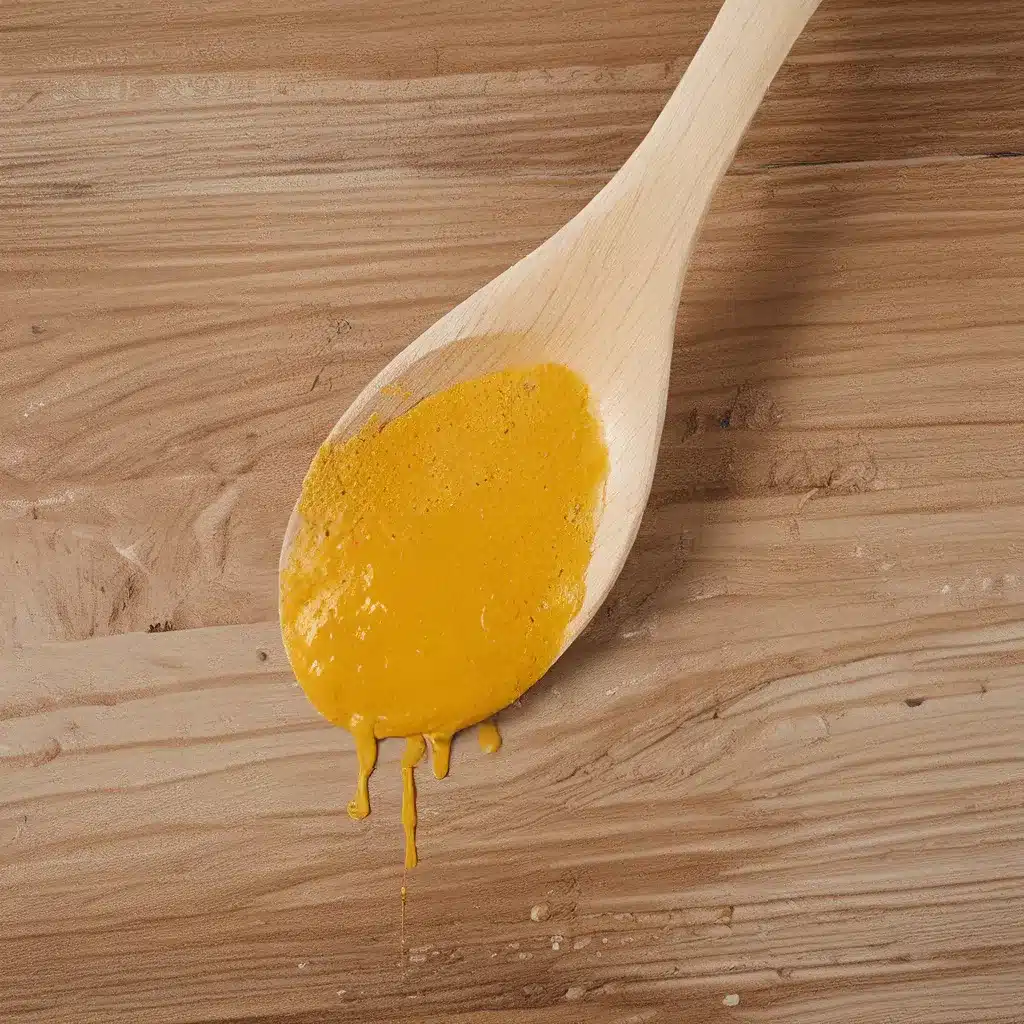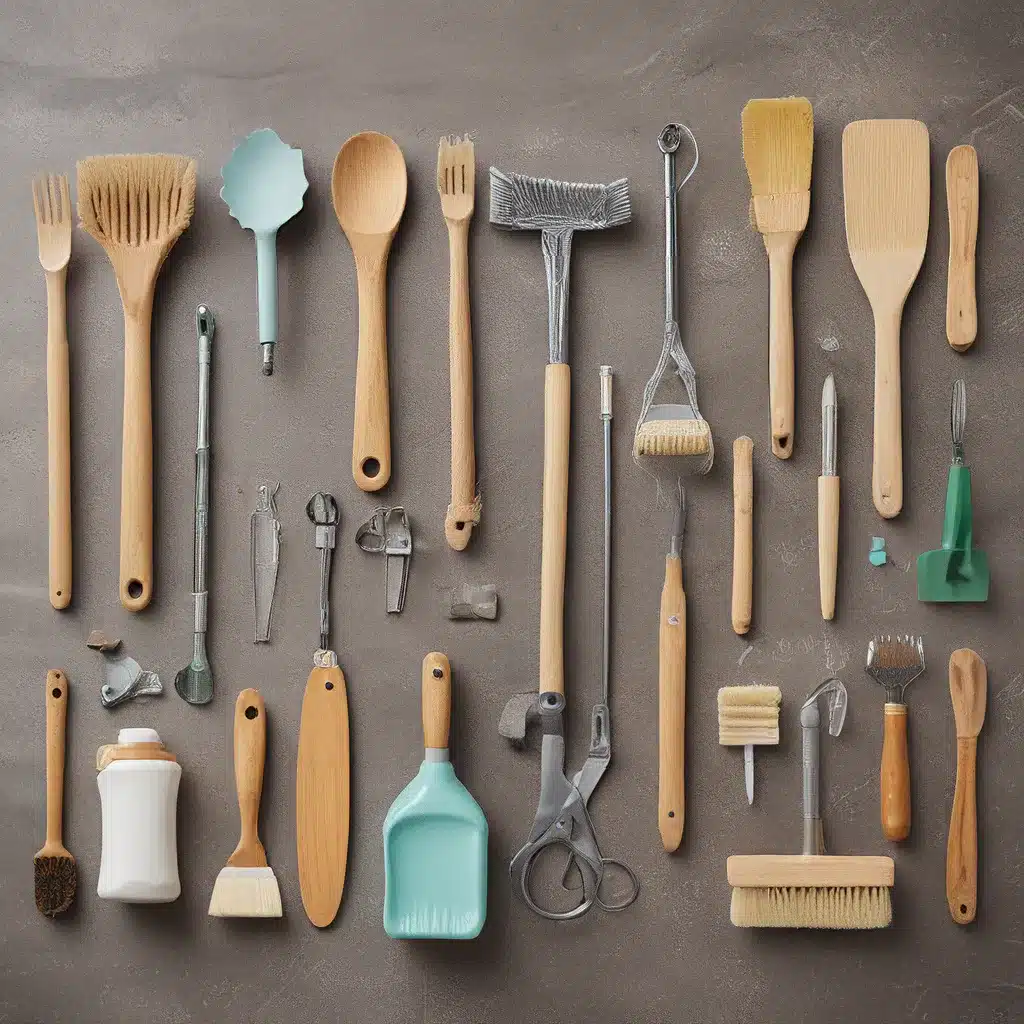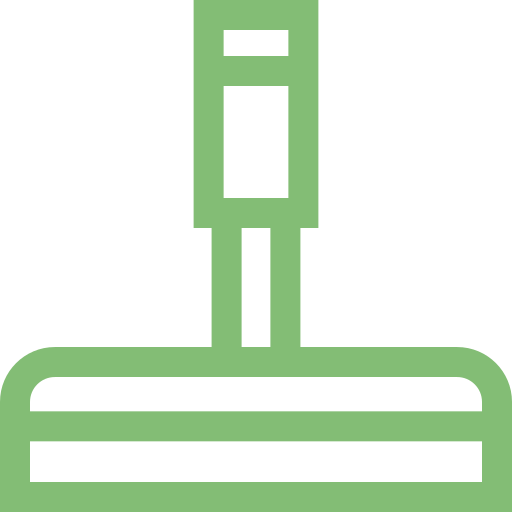The Scourge of Limescale: A Household Nuisance
Ah, the humble kettle – a kitchen staple that we rely on day in and day out for our morning brew or a soothing cup of tea. But have you ever noticed those unsightly white chalky deposits building up inside, slowly choking the life out of your trusty appliance? Limescale, my friends, is the bane of our domestic existence, and it can wreak havoc not just on our kettles, but on a wide range of household appliances as well.
As someone who takes great pride in maintaining a sparkling clean home, I’ve had my fair share of battles with this pesky mineral buildup. And let me tell you, it’s a fight that requires strategy, elbow grease, and a good understanding of the science behind the problem. But fear not, for I’m here to share my hard-won wisdom and guide you through the process of descaling deliverance.
The Science Behind Limescale
Before we dive into the nitty-gritty of descaling, it’s important to understand the science behind this household nuisance. Limescale is primarily composed of calcium carbonate, a mineral that is commonly found in hard water. When water is heated, the calcium carbonate in the water precipitates out, forming those unsightly white deposits on the inner surfaces of kettles, coffee makers, and even showerheads.
The extent of the limescale problem can vary greatly depending on the hardness of the water in your area. Areas with particularly hard water, such as parts of the UK and certain regions of the United States, tend to experience more severe limescale buildup. Interestingly, the geographical location and the local water source can play a significant role in the severity of the issue.
The Consequences of Neglecting Limescale
Now, you might be tempted to turn a blind eye to those pesky white deposits, thinking, “Eh, it’s not that big of a deal.” But let me tell you, limescale is not to be trifled with. It’s a silent killer that can wreak havoc on your household appliances and even your energy bills.
When limescale accumulates in your kettle or coffee maker, it can significantly reduce the efficiency of the heating element. This means that your appliances will have to work harder and consume more energy to bring the water to the desired temperature, leading to higher electricity bills. And let’s not forget the unsightly appearance – those white, crusty deposits can make your otherwise gleaming kitchen appliances look downright unkempt.
But the consequences of limescale don’t stop there. Over time, the buildup can actually impede the flow of water, leading to decreased water pressure and a less-than-satisfactory performance from your appliances. In the case of a kettle, a heavily scaled-up interior can even cause the water to take longer to boil, further adding to your energy consumption woes.
Descaling: The Solution to Limescale Woes
Alright, now that we’ve established the problem, it’s time to tackle the solution: descaling. This process involves using a specialized cleaning solution or a natural, homemade remedy to remove the limescale buildup from your household appliances.
There are a few different methods you can use, each with its own set of pros and cons. Let’s explore them, shall we?
Commercial Descaling Solutions
One of the most convenient options is to use a commercial descaling solution. These are typically acidic-based cleaners specifically formulated to dissolve and remove limescale from kettles, coffee makers, and other household appliances. They’re readily available at most supermarkets, hardware stores, or online, and they often come with clear instructions on how to use them.
The advantage of these commercial solutions is that they’re effective and easy to use. Simply follow the instructions, let the solution work its magic, and rinse thoroughly. However, the downside is that they can be expensive and may contain harsh chemicals that you might prefer to avoid.
Natural Descaling Methods
If you’re more inclined towards natural and eco-friendly solutions, fear not – there are plenty of homemade options you can try. One of the most popular is white vinegar, a versatile and inexpensive household staple.
To descale with vinegar, simply fill your kettle or appliance with a 50/50 mixture of vinegar and water, let it sit for a few hours (or even overnight), and then boil the solution. The acidity in the vinegar will help to dissolve the limescale buildup, and you can then rinse the appliance thoroughly to remove any residue.
Another natural option is citric acid, which you can find in the form of lemon juice or a powdered supplement. The citric acid works in a similar way to vinegar, breaking down the limescale deposits.
The advantage of these natural methods is that they’re gentle on your appliances and the environment, and they’re cost-effective too. The downside is that they may not be as potent or fast-acting as the commercial solutions, and you may need to repeat the process a few times to achieve the desired results.
Preventive Measures
Now, I know what you’re thinking: “This is all well and good, but how do I prevent limescale from building up in the first place?” Great question, my friend!
One of the most effective preventive measures is to install a water filter in your home, either at the main water supply or specifically for your kettle or coffee maker. This can help to reduce the amount of calcium and minerals in the water, minimizing the limescale buildup.
Another simple tip is to always use filtered or bottled water in your kettle and other appliances, rather than straight from the tap. This can make a significant difference in the long run.
Caring for Your Appliances: A Holistic Approach
Descaling is just one piece of the puzzle when it comes to maintaining your household appliances. To keep them running at their best and extend their lifespan, it’s important to adopt a holistic approach to cleaning and maintenance.
This means regularly cleaning the exterior of your appliances, wiping down the interior surfaces, and checking for any other signs of wear or damage. It’s also a good idea to consult the manufacturer’s instructions on the proper care and maintenance of your specific appliances.
By taking a proactive and diligent approach to appliance care, you can save money in the long run by avoiding costly repairs or replacements. Plus, you’ll be able to enjoy the efficiency and longevity of your trusty household helpers for years to come.
Conclusion: Embrace the Descaling Deliverance
Limescale may be a persistent and pesky problem, but with the right knowledge and techniques, you can conquer it with ease. Whether you opt for a commercial descaling solution or a natural homemade remedy, the key is to tackle the issue head-on and maintain your appliances with diligence.
Remember, prevention is always better than cure, so be sure to implement those water-filtering and filtered-water strategies to minimize the limescale buildup in the first place.
So, my fellow household warriors, embrace the descaling deliverance and reclaim the sparkling glory of your kettles, coffee makers, and other appliances. Your future self will thank you, and your energy bills might even thank you too!
Adam’s Cleaning Services is here to help you with all your cleaning needs, including descaling and appliance maintenance. Visit our website to learn more about our professional cleaning services and how we can transform your home into a limescale-free oasis.







